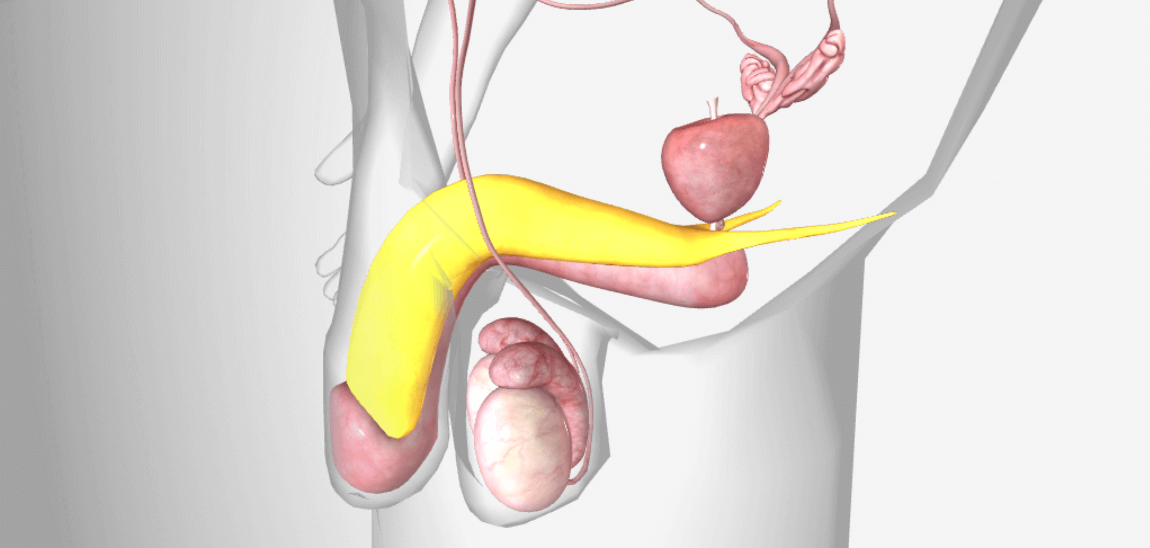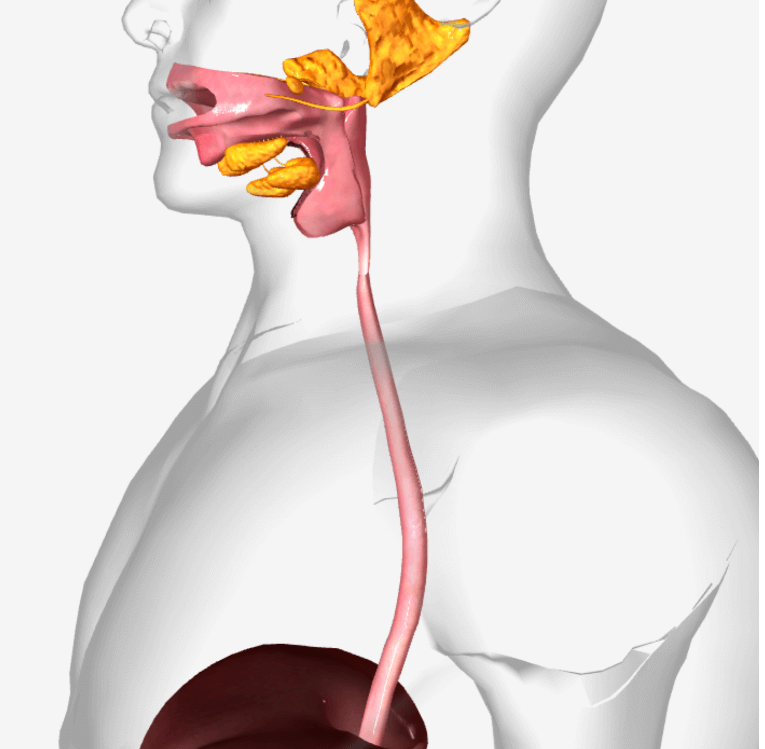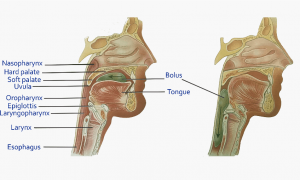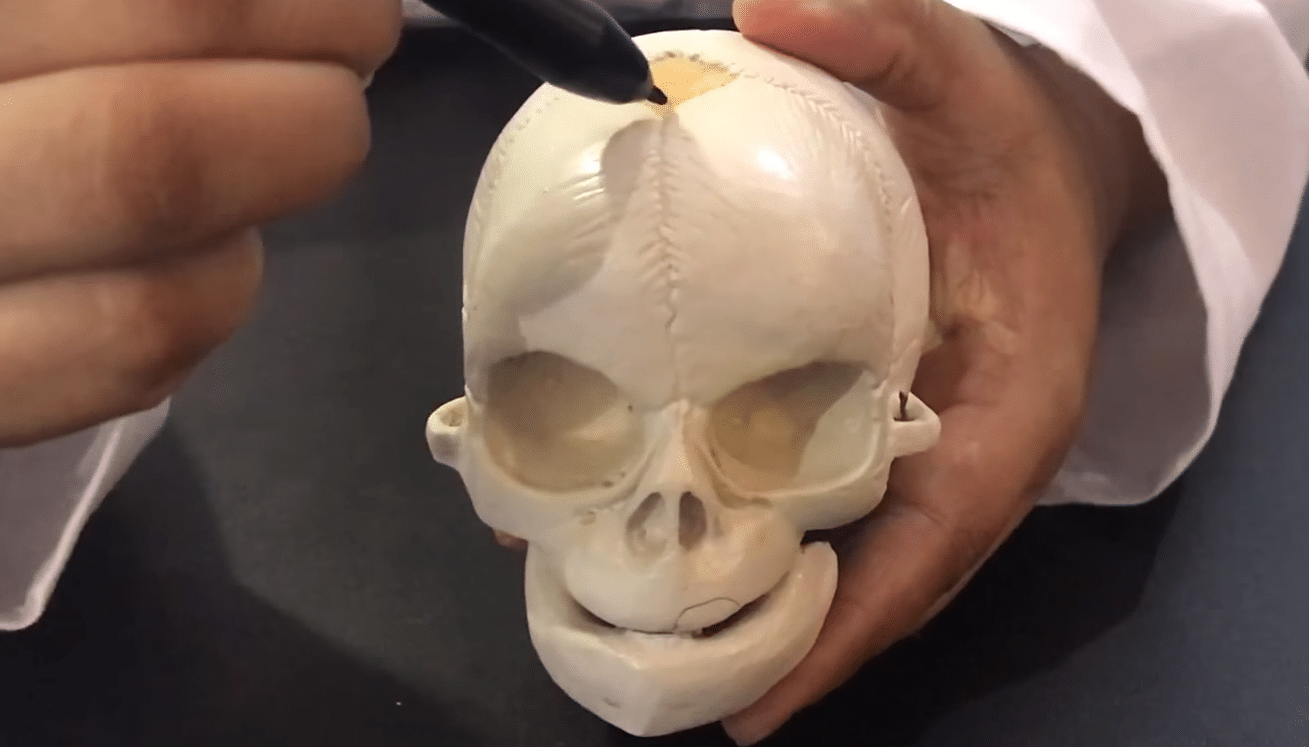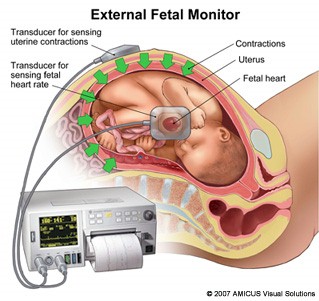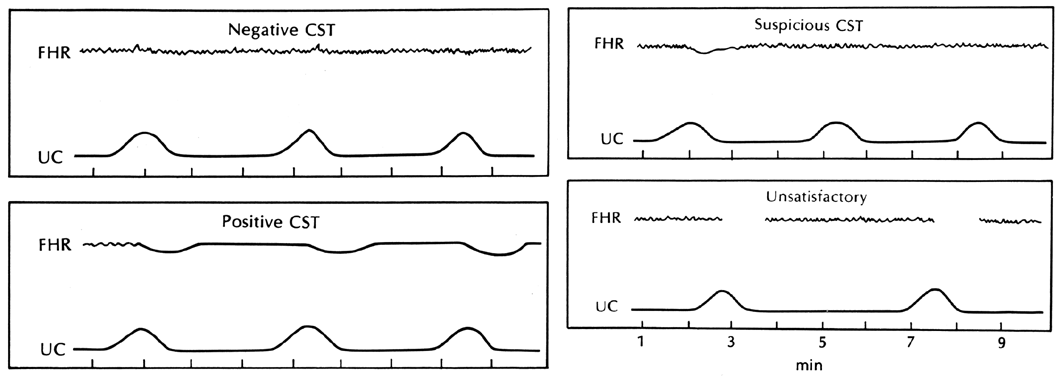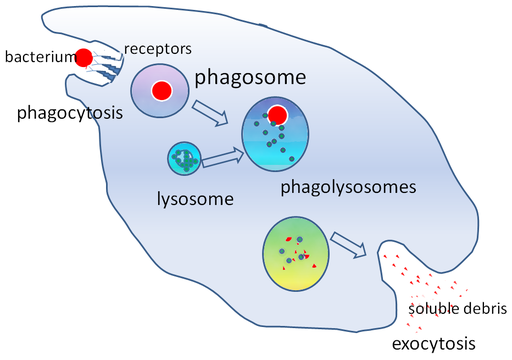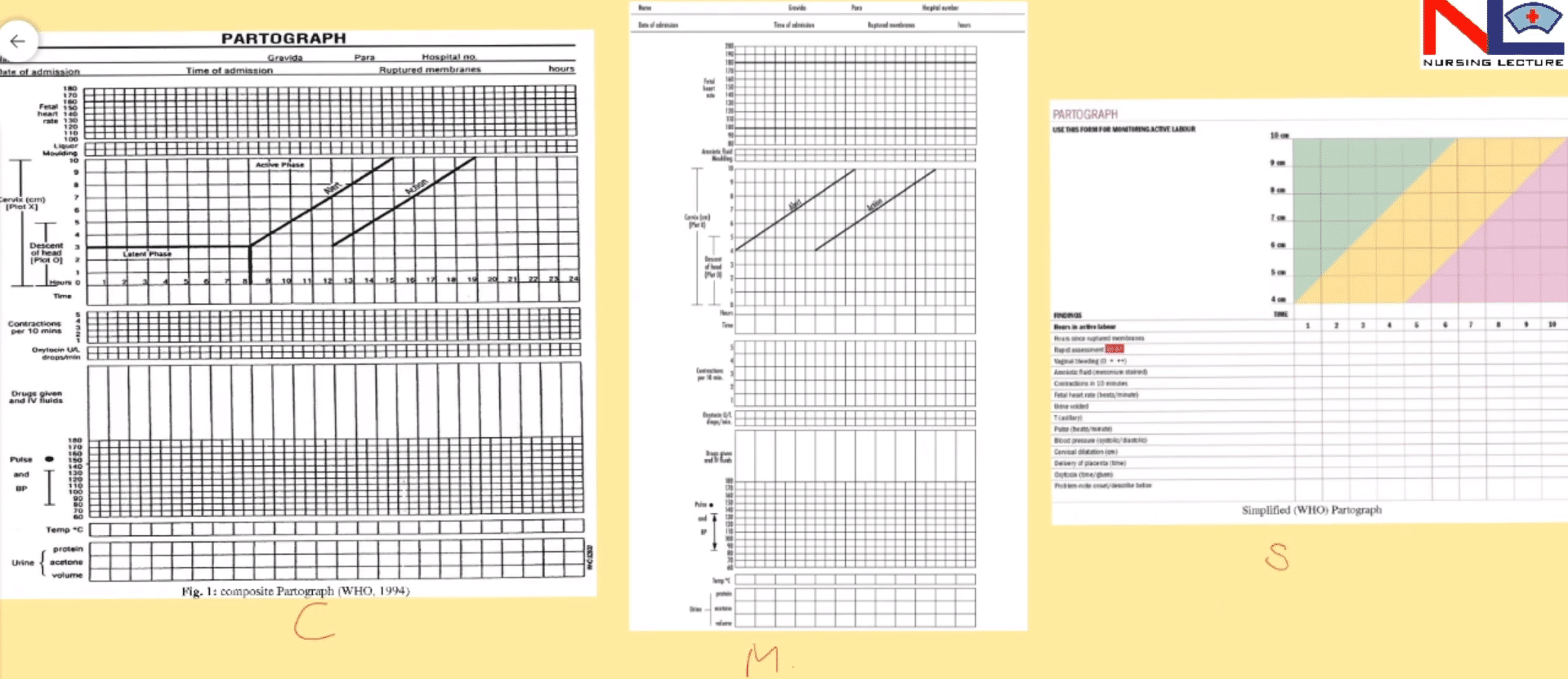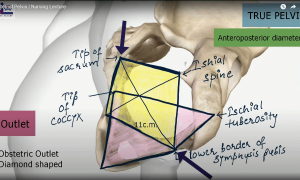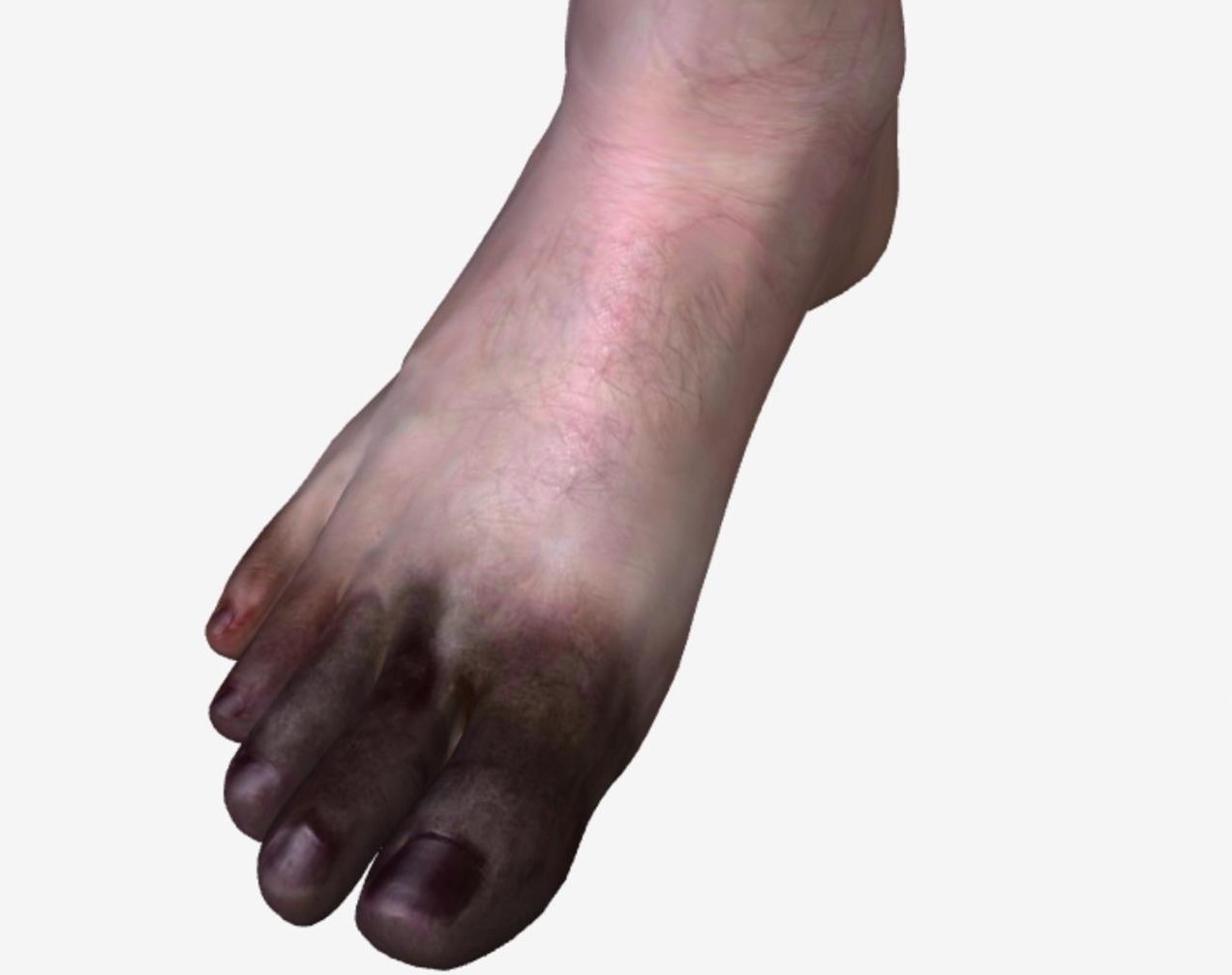Stomach
By
Posted on
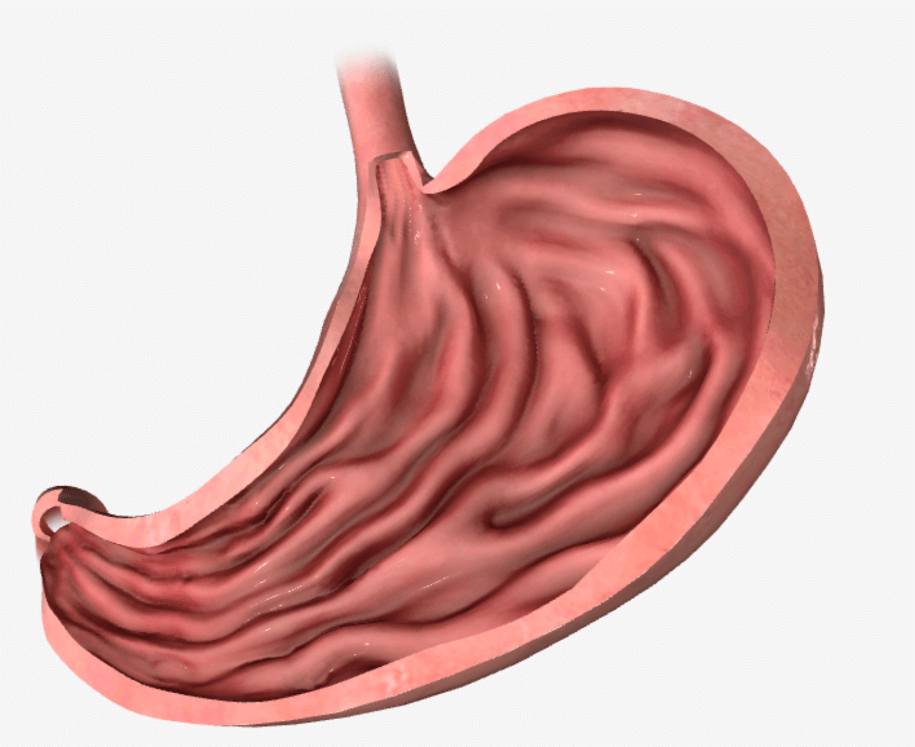
The stomach is a J-shaped organ of the GI tract inferior to the diaphragm. The stomach connects the esophagus to the duodenum, the first part of the small intestine. The stomach serves as a mixing chamber and a holding reservoir. A part of ingested food in small amount forced into the first portion of the small intestine. It is the most distensible part of the GI tract and can accommodate a large quantity of food.
Anatomy –
The stomach has four main regions:- the cardia, fundus, body and pyloric.
- Cardia: – It surrounds the opening of the esophagus into the stomach.
- Fundus:- The rounded portion superior and to the left of the cardia.
- Body:- Inferior to the fundus is the large central portion of the stomach.
- Pyloric is divisible into three regions:- pyloric antrum connects to the body of the stomach. The pyloric canal and pylorus, which connects to the duodenum.
- When the stomach is empty, the mucosa lies in large folds, or rugae. The pylorus communicates with the duodenum of the small intestine by a sphincter called the pyloric sphincter.
- The concave medial border of the stomach is called the lesser curvature; the convex lateral border is called the greater curvature.
Histology –
- The surface of the mucosa is a layer of simple columnar epithelial cells called surface mucous cells. The mucosa contains a lamina propria and a muscularis mucosa.
- Epithelial cells extend down into the lamina propria where they form columns of secretory cells called gastric glands.
- Gastric glands open into the narrow channels called gastric pits.
- Secretions from several gastric glands flow into each gastric pit and then into the lumen of the stomach.
- The gastric glands contain three types of exocrine gland cells that secrete into the stomach lumen: mucous neck cells, chief cells, and parietal cells.
- Surface mucous cells and mucous neck cells secrete mucus.
- Parietal cells produce intrinsic factor needed for absorption of vitamin B12 and hydrochloric acid.
- The chief cells secrete pepsinogen and gastric lipase.
- The secretions of the mucous, parietal, and chief cells form gastric juice, which totals 2000–3000 mL per day.
- A type of enteroendocrine cell, the G cell, which is located in the pyloric antrum and secretes the hormone gastrin into the bloodstream.
- Three layers lie deep to the mucosa is submucosa, composed of areolar connective tissue. Muscularis has three layers of smooth muscle an outer longitudinal layer, a middle circular layer, and an inner oblique layer. The serosa is composed of simple squamous epithelium and areolar connective tissue, the portion of the serosa covering the stomach is part of the visceral peritoneum.
- At the lesser curvature of the stomach, the visceral peritoneum extends upward to the liver as the lesser omentum. At the greater curvature of the stomach, the visceral peritoneum continues downward as the greater omentum and drapes over the intestines.

